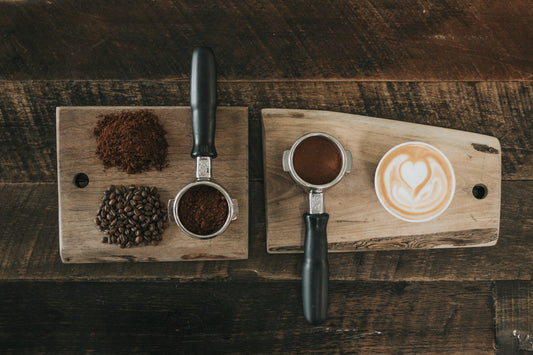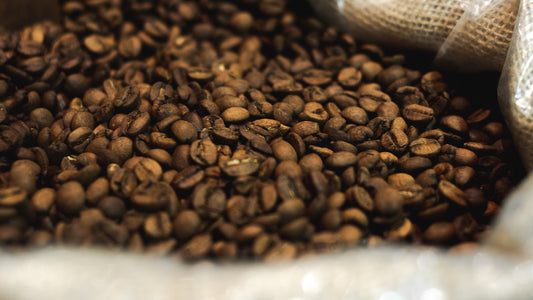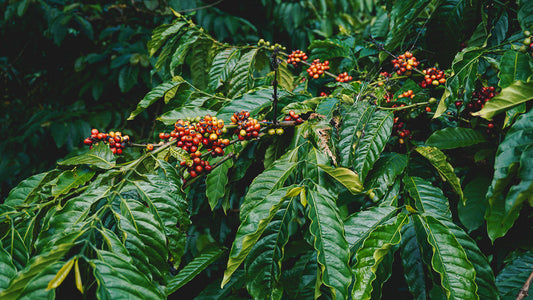
"Coffea", Caffeine, and the Plant
Share
Coffee and Caffeine Coffea is a type of flowering plant in the Rubiaceae family. These are shrubs or trees native to Africa and Asia, whose seeds (or coffee beans) from the coffee fruit contain large amounts of caffeine, all depending on the species of plant.
The Caffeine Molecule
The psychostimulant molecule is used as a cognitive and alertness enhancer by millions every day. As an alkaloid chemical compound it tends to taste bitter but interestingly enough it is also an experience enhancer meaning it will enhance the pleasurable perception of an activity despite its bitter taste.
The two most commercially used species worldwide are Coffea arabica and Coffea canephora (robusta), each unique in many ways. Commercially, arabica comprises about 70% of varietals with the remaining 30% belonging to the (canephora) robusta variety. The differences between the two species, commercially, rely on the caffeine and flavor content. C. canephora (robusta) is a heavily caffeinated bean, but due to its high caffeine content it is also more bitter to the palate while C. arabica tends to be sweeter with slightly less caffeine.  C. robusta (left) C. arabica (right)
C. robusta (left) C. arabica (right)
The Plant
Both C. arabica and C. canephora (robusta) have distinct growth rates with varying bean production rates. As the primary ancestor, robusta tends to be more robust, hardy, and resistant to climate and pests. As such, it will yield a higher crop with a lower growth cost. The tree or shrub grows up to 10m (30ft) tall, ripening its fruit in 10-11 months producing the beans. These coffee types are primarily used in instant coffee, espresso, and as coffee blends.
C. arabica, is originally from Yemen, first described in the late 1730's as a hybridization result of C. canephora and C eugenioides. Slightly less hardy and more susceptible to pests, this type can be somewhat more costly to grow and can have lower yield crops on harvest. Most arabicas, will grow 3-3.5m tall, producing fruit at 5-7 yrs for as long as 50-60 years. The fruits will ripen and produce beans after about 9 months on a typical plant. With slightly less caffeine, these fruits and beans tend to highlight a broader variety of flavors without the bitterness of the robusta. The caffeine content in C. arabica is about 12mg of caffeine per gram of dry mass.  (Indoor Grown Coffee Plant)
(Indoor Grown Coffee Plant)
Other Sources of Caffeine
Chocolate (Theobroma sp.) and Tea (Cameilla sp.) contain caffeine, to a lesser amount than coffee but significant enough to be be commercially produced.





